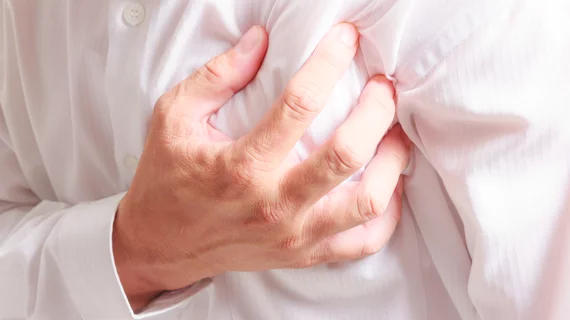Research published in Circulation: Cardiovascular Quality and Outcomes July 9 suggests the public health burden of pulseless in-hospital cardiac arrests is around 38% higher in adults and 18% higher in children than was previously believed.
The study, conducted at Beth Israel Deaconess Medical Center in Boston and overseen by Aarhus University’s Lars W. Andersen, MD, MPH, PhD, challenged researchers’ previous calculations that 211,000 adults and 6,000 children in the U.S. experience in-hospital cardiac arrests each year. Andersen and colleagues’ new projections put those numbers at 292,000 and 15,200 in adults and children, respectively.
The team developed a unique model for estimating cardiac arrest incidence using data on facilities from the American Hospital Association’s annual survey, which included hospitals linked to the American Heart Association’s Get With the Guidelines-Resuscitation (GWTG-R) registry. Compared to previous reports, their calculations put the public health burden of adult and pediatric pulseless in-hospital cardiac arrests around 38% and 18% higher, respectively, than previous estimates.
“Our findings illustrate a concerning trend in U.S. hospitals and show that cardiac arrest is a major public health problem,” Andersen said in a release. “Previous incidence estimates may no longer reflect the current public health burden of cardiac arrest in hospitalized patients across the U.S.”
Of the combined 307,200 in-hospital events in adults and children, Andersen et al. reported 7,100 were cases of pulseless cardiac arrest and 8,100 were cases in which the patient had a pulse but still required CPR. The rate of adult cardiac arrests increased over time, while pediatric events remained relatively stable. The authors said their current estimates are based on a larger database and provide the “most robust estimate” of pediatric in-hospital cardiac arrests to date.
“Unfortunately, the data does not provide an explanation for the increase in adult in-hospital cardiac arrest, but it is likely due to many factors and may reflect an increase in actual events or in the reporting of cases over time,” Andersen said. “It is also important to note that end-of-life discussions and decisions are crucial in order to avoid attempts at resuscitation in patients where it is likely futile or against a patient’s wishes.”

